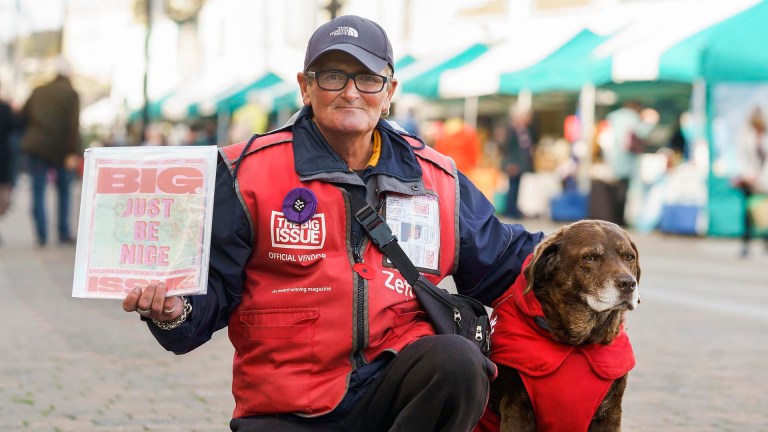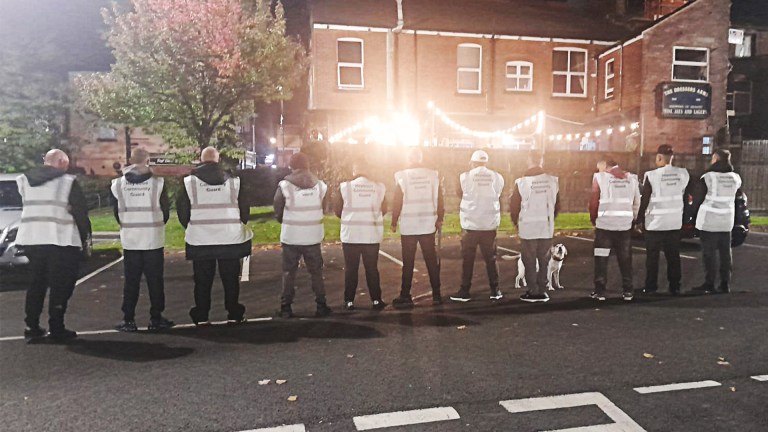The high-cost credit market in the UK includes products such as payday loans, home credit, rent-to-buy retail credit and catalogues and store cards. These can all seem very appealing at first sight, but may later turn into a trap, as those who turn to them are usually the people least likely to be able to pay back the costs involved.
For millions across the UK who don’t have access to mainstream credit options thanks low or fluctuating incomes, an overdraft or the lack of an acquaintance with extra cash to borrow from, the appeal of high-cost lenders seems convenient. However, going down this road often leads to the borrower going into even further debt thanks to high interest rates and extremely tough repayment terms.
In 2015, the market was estimated at £5 billion, serving five million customers, among which are indeed the most vulnerable and financially-excluded people in society. A recent report by Citizens’ Advice, a charity committed to advice people with problems concerning money, law, consumer rights and more, pointed out that people with insecure incomes are five times more likely to turn to high-cost credit.
Single-parents aged 18 to 34 are three times more likely to have a high-cost loan – such as a payday loan, doorstep loan or pawnbroking loan – than the national average. Official figures released at the end of February showed that as many as 17,000 companies entered insolvency last year.
When faced with unexpected changes in both income and expenses, millions of Britons have been turning towards using credit to pay for their daily expenses, such as food, petrol, electricity meters and household bills. 8.3 million people in the UK indicated that keeping up with their bills and credit commitments is a ‘heavy burden’, according to figures released by The Money Advice Service in late 2017.
Changes
In May, it was announced as a result of a two-year review into the credit sector that rent-to-own stores could face a price cap like the one one enforced on high-cost lenders.









